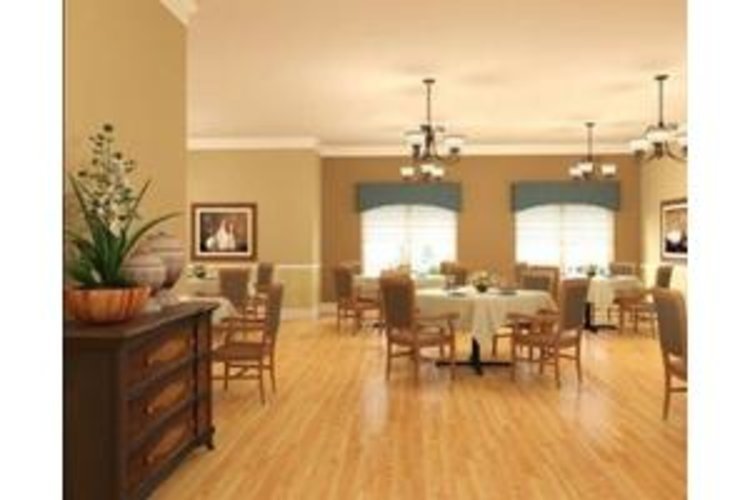

The Clearview behavioral health program has 24 residents. The first group of residents moved in the new center in June 2011 and another 100 residents will be joining them this month. Families can stay over and live in one of the rooms on a first-come first-serve basis. The maintenance staff can assist in meals. Residents can help do their laundry and take ownership of chores. Roles are blurred in the Clearview facility. Instead of an institutionalized look, the facility has earth tones and a variety of woven patterns on the floors and tiles, representing its diverse population.Įach house has an outdoor area with different surface areas so residents can learn to walk again. Residents share a kitchen, dining room and living room, with flat-screen TVs and a fireplace. Some areas are divided by diagnosis and gender. That state of independence is reflected in the dormlike, open concept rooms. "Our goal is to get someone to their most independent functioning level, so they can go to a less restrictive setting," Kuhl said. This is the last stop for an inpatient stay before patients return to their communities. You've at least helped them with quality of life," said Jackie Kuhl, the rehab coordinator at Clearview. "You really focus on the good even if someone doesn't have a miraculous and good outcome. She counts the milestones that Armbrust has made, such as answering a question correctly, remembering a visitor's name or following meatloaf recipe directions. You take the good days, and you go with that," she said.

"He had his chance of dying a couple of times and he didn't, so there's still a reason for him to still be here. He continues to get assistance with his daily care. He's receiving physical, occupational, recreational and speech therapy at Clearview. When he first arrived at the facility, he couldn't walk, hardly spoke and ate puréed food. I will never have the same Jeff I've had in the past, but he's still the sweet guy," said his wife, Michele Armbrust, with tears in her eyes. Afterward, he had a cranioplasty, a reconstruction of his skull. He underwent brain surgery to relieve pressure while he was in a six-week coma. Last July, he was washing his truck, fell off crates and had major head trauma. He was a jack-of-all-trades before his accident. He's a deep thinker and has an easygoing personality. "I got to get rewired," said Armbrust with a smile. He clutches a rolled-up Daily Citizen newspaper in his hand. He sits in a wheelchair, with a brace on his left leg and foot, in the main lobby, surrounded by the facility's library, salon, bank, café, gift shop and chapel. Jeff Armbrust, 59, of Medford, has been in the brain injury program since September 2011. Its brain injury center, one of the five traumatic brain injury centers in the state, opened in September 1991 and serves 30 patients. The $44 million building project was funded by a 20-year-bond paid by Dodge County's sales tax and Clearview's $23 million operating budget.Ĭlearview's programs serve residents recovering from brain injury, living with Alzheimer's disease or seeking care for cognitive, physical or behavioral disabilities. The counties share in the cost of the facility based on their use of the services. Most of its residents come from 11 surrounding counties that are part of the Marsh Country Health Alliance. For the first time in Clearview's 150-year history, patients with various diagnoses will be living under the same roof. In late July, about 100 residents will be moving into parts of a new 210,000-square-foot building. Juneau - Some call it home and not because it's located off Home Road in Juneau.Ī Dodge County-owned nursing and rehabilitation facility provides short- and long-term care for 236 residents who come from all over Wisconsin.


 0 kommentar(er)
0 kommentar(er)
